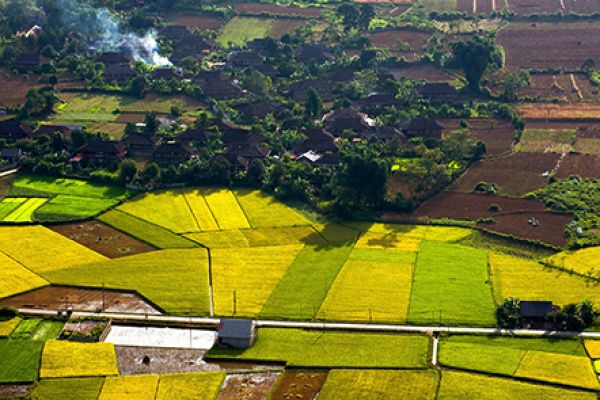
The province takes pride in its many natural and historical sites reflecting the diverse nature of its culture as Bac Son and Mai Pha cultural sites. It also has famous sights mentioned in Vietnamese literature and music such as Dong Dang, Ky Lua, To Thi, and Tam Thanh.
1. Fortress of the Mac Dynasty
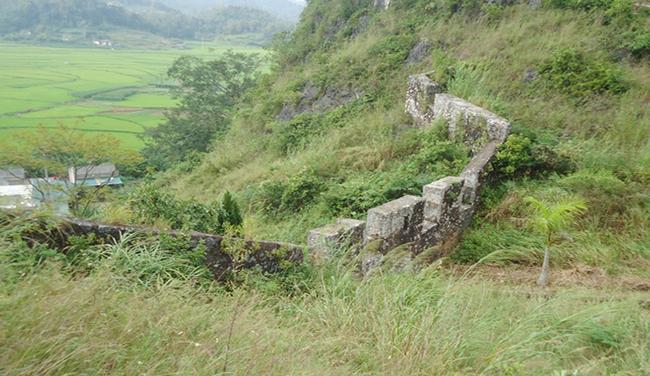
The Fortress of the Mac Dynasty is located in Tam Thanh district. This used to be one of the most important military constructions in the feudal period of Vietnam history. Nowadays, it is ranked as a national site and is being renovated to welcome tourists from all over the country.
The most prominent part of this site is two long stone walls running between the cliffs of mountains. According to research of historians, the walls that we see are the vestiges of a vital military center standing between the northern and southern parts of the country.

It was erected by Mac Kinh Cung in the beginning of the 16th century to handle the Le-Trinh dynasty which was always in an opposing against the Mac Dynasty.
Even though the scope of the fortress is not so great, it is still evidence of a tumultuous time in the history of the country during which the “brothers in a family” fought each other.
Standing on the peak of the fortress which lies between two spectacular cliffs, you can spread your view all over a natural, untouched yet mysterious area. You can also notice from the high walls many dangerous spike traps surrounding the fortress. All of these elements of the fortress enabled the Mac Dynasty to rule and keep the border safe for nearly a century.
2. Ky Cung Temple
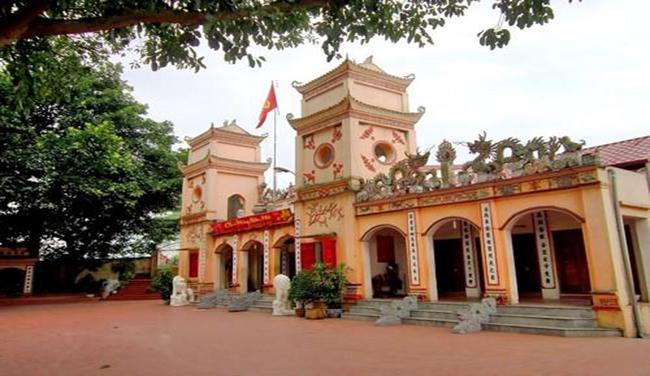
Ky Cung Temple, a national relic of Vietnam, is situated at the head of Ky Lua Bridge, Vinh Trai ward, Lang Son city.
Ky Cung is a small temple with tiled roof, which worships the God of Ky Cung River. At the front of temple is a stone wharf (Ky Cung stone way), which was considered one of the eight Lang Son’s places of interest in the 18th century by Ngo Thi Si.
The architecture of the temple is in the shape of the letter dinh (shape). This is a newly restored building. The temple has no private greeting gate, so a greeting gate is at the main apartment, which includes three vault-shaped doors with two brick square pillars that have carved edges and patterns on the surface. There is a set of three holy objects: a tripod and two flowers pots. There are two multi-layer towers outside to hang bells and drums.
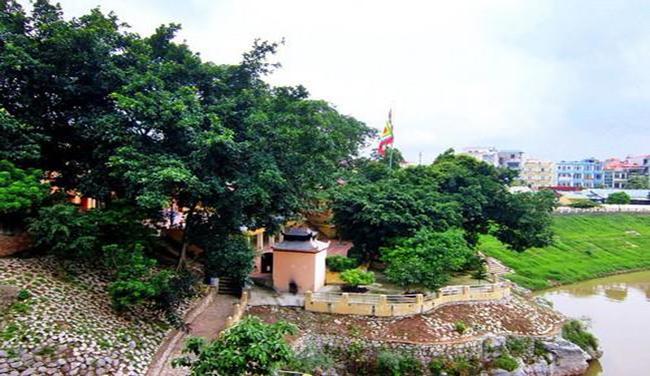
In 1993, Ky Cung temple was recognized as a national relic by the Ministry of Information and Communications.
Today, the temple remains a sacred place and also a tourist attraction.
3. To Thi Mountain
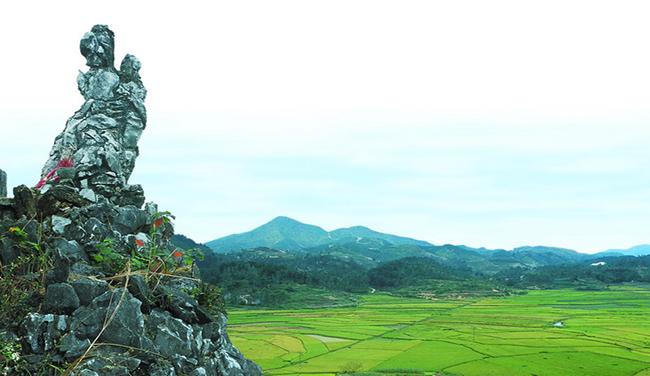
To Thi Mountain also called Vong Phu Mountain, has the shape of a woman holding a child in her arms, waiting for her husband to return from a battle in North Vietnam.
To Thi Mountain or Vong Phu Mountain means "waiting for her husband". From ancient times, this human-shaped stone has been associated with the fairy Mrs To Thi holding a baby to wait for husband to return from the battlefield, but never saw him return. She finally turned into a rock. So people called it To Thi.
Located on northwestern Tam Thanh Mount, Lang Son City, the legend about To Thi persists in the minds of the Vietnamese. Throughout the years, from natural and human impact, the rock has become heavily damaged. However, Lang Son province has created a copy of To Thi to retain this cherished relic.
4. Mau Son Mountain
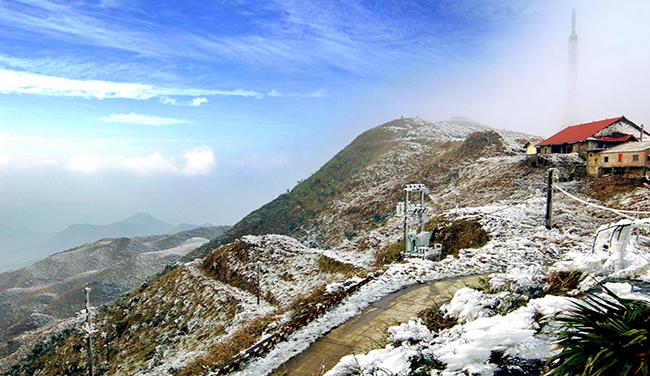
At Mau Son, the wind whistles up and the clouds float down. Standing at the highest peak of Mau Son Mountain, tourists will have a panoramic view of Lang Son region which looks like a Chinese ink drawing. In addition, you will have a chance to join the local daily life and culture of ethnic minorities.
Mau Son Mountain is located in Loc Binh District, about 30km from Lang Son City. To the north is Ninh Minh, China, to the east is Na Duong and to the west is Dong Dang, all merging beautifully into one spectacular landscape. The winding narrow mountain path, like a snake, is tucked between 2 steep mountains.

About seventy years ago before this path existed, there were only two ways to the top, walking or on horseback. At that time, this panoramic area attracted the French to Mau Son for relaxation. The weather was cool all year round and in addition, the Mountain View of the northeast was the gateway to China, and the French built a military base there at the early of the 20th century to guard the border. The site's original inhabitants, members of the Dao ethnic minority, were moved to make way for the French settlement. Only authorized personnel were permitted to enter the French base.
Later, tourists coming to Mau Son were also welcome to the hill station. In January 1936, Dr. O.Pflot, a student of the famous bacteriologist Dr. Alexandre Yersin, visited Mau Son. Some local people say that the doctor first came to Mau Son to collect traditional medicinal herbs, which were cultivated in the region. And then, he petitioned Mr Tholace, then French governor of the North, for permission to build tourist villas at the site. In 1936 he bought land and started construction.
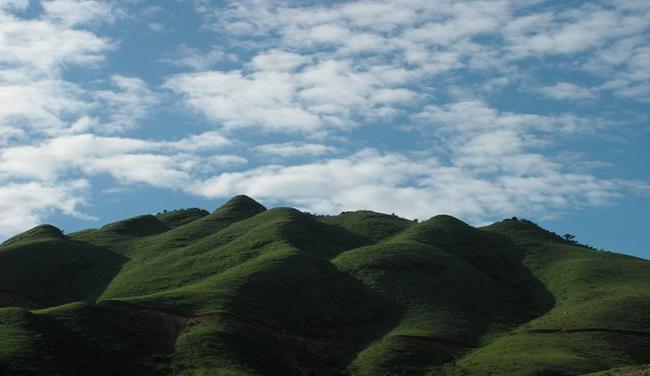
There were thousands of local people working on the project, all mining, breaking and carrying stones to a number of massive villas; all in all it took seven years of work to accomplish this task. There were no bricks available to build with; the only materials available were stones, led to ruins. Blocks of orange moss-covered stories are scattered throughout the site, lying dead amongst the old foundations, where even now, it is possible to identify the houses, former kitchens, fireplaces and staircases.
Like sleeping beauty, after almost five decades, it is all but forgotten. Until 1987 motorbikes were not even allowed onto the tortuous road up the mountain.
Mau Son will be developed to become a tourist area with mountain climbing, sightseeing, and recreational activities in the future.
5. Ky Lua Market
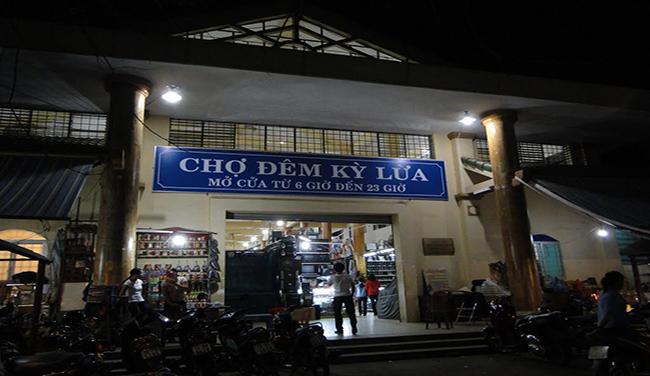
Ky Lua Market is situated in the city center of Lang Son. The market has been into operation for hundreds of years. It has become a bustling trade center for local people as well as visitors in Vietnam.
Ky Lua Market is where occurs the exchange of goods between regions in the country with cultural activities being characterized the national identity of Lang Son province. The market monthly occurs 6 sessions dating on 2nd, 7th of lunar calendar, and it consists of goods from almost all provinces.
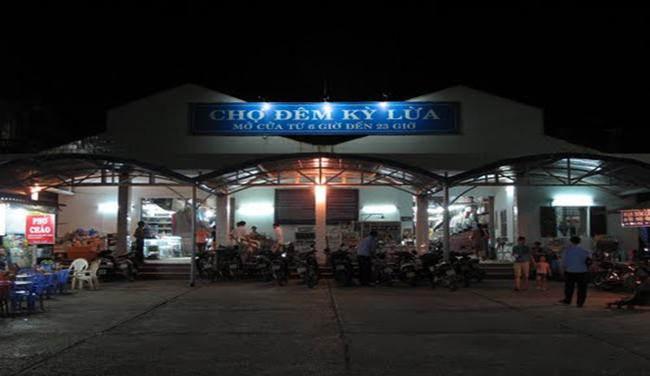
People usually not only go to market for sale but also to visit, talk about business. Ky Lua Market is also a meeting place of young ethnic people such as Tay, Nung, Dao. They gather in the market, buy the goods, meet their friends and find their partners through love songs. At the market, along with diverse color of brocade, clothes, there are delicious dishes characterized by Lang mountainous area.
Each year, Lang Son occur Ky Lua fair, lasting from 22 to 27 January lunar months, this is the traditional cultural activity. Ky Lua market today has been transformed and open all day and night. With the fresh air of the frontier mountain region, tourists in Vietnam travel can’t help moving and being impressed with the shopping activity in night scenes when once traveling to Lang Son.
6. Historical vestige Chi Lang Border
Chi Lang Border, also called Ải Chi Lăng in Vietnamese, lying in the south of Lang Son province, used to be a strategic spot of war, and is now a historical vestige. It has become an interesting destination for tourists who are fond of joining Vietnamese history-discovery tours.
The Chi Lang Border is located in Chi Lang District, and 110km from Hanoi and 60km from the Sino-Vietnamese border. It consists of a valley surrounded by high mountains and through which runs the Thuong River.
The mountains opened in two locations to form two gates. The northern gate was named Quy Mon Quan, meaning "monster gate," after the Chinese invaders who entered Vietnam through this gate. The southern gate was called Ngo The, meaning "swearing gate." Vietnamese ancestors who swore to sacrifice their lives to protect their motherland and to prevent invaders from entering Vietnam built the gates.
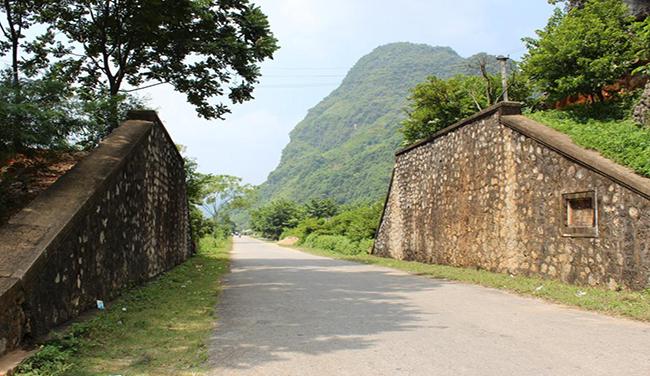
In the past, in this area King Le Hoan defeated the Chinese Sung troops in 981 and killed all enemies. In 1076, Prince Consort Than Canh Phuc set a front line against 300,000 Sung enemies. Led by Quach Quy in 1285, Nguyen Dia Lo killed traitor Tran Kien in the second National Resistance against Yuan-Mongol invaders. In 1427, Lam Son righteous army killed invader leader Lieu Thang, caught Hoang Phuc, killed 10,000 Ming enemies and overthrew all their maneuvers.
Nowadays, joining tours in Vietnam, tourists see the Chi Lang Border as a stop in a journey to Lang Son where they can enjoy the imposing natural beauty of the landscape.
7. Nhi Thanh Grotto
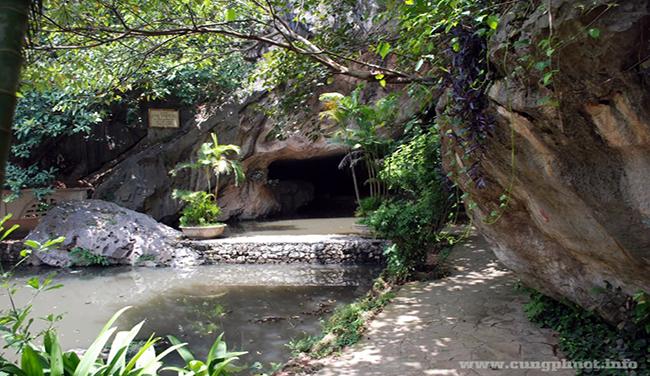
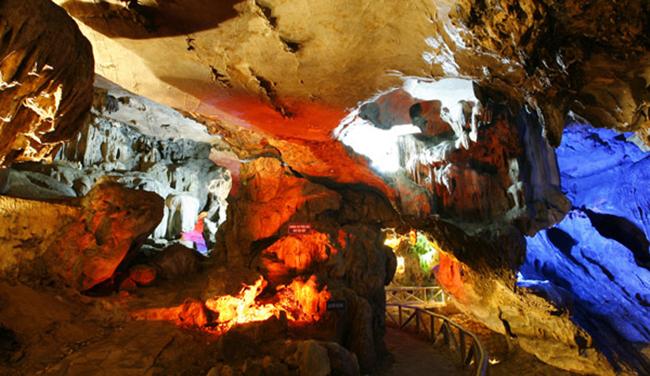
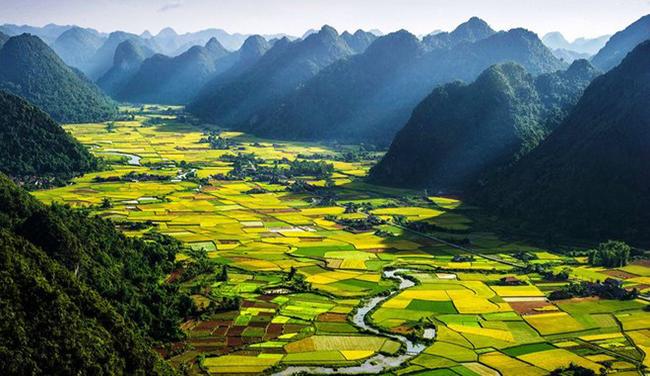

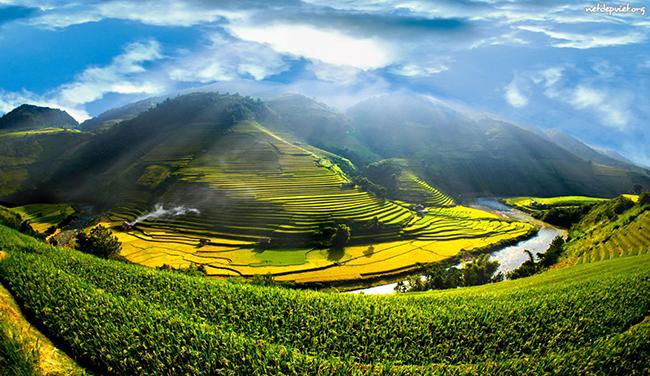
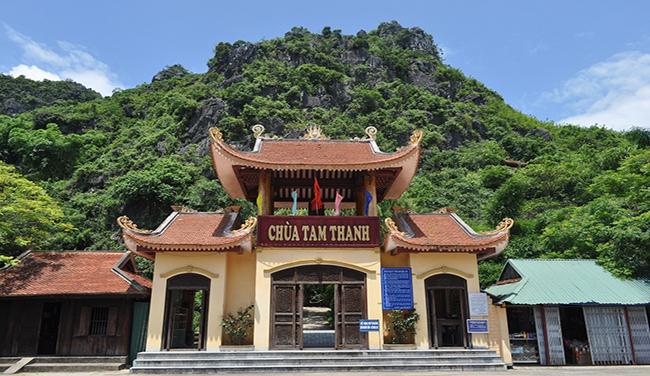
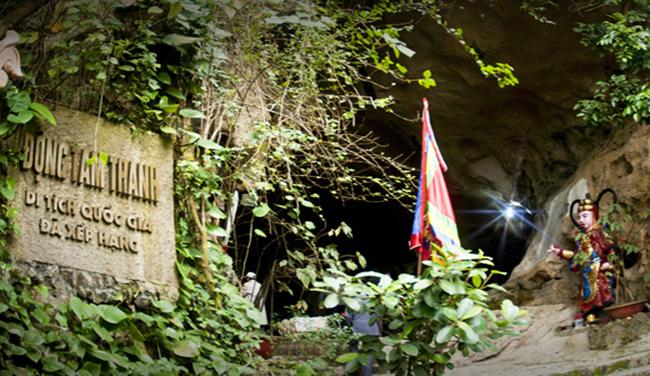
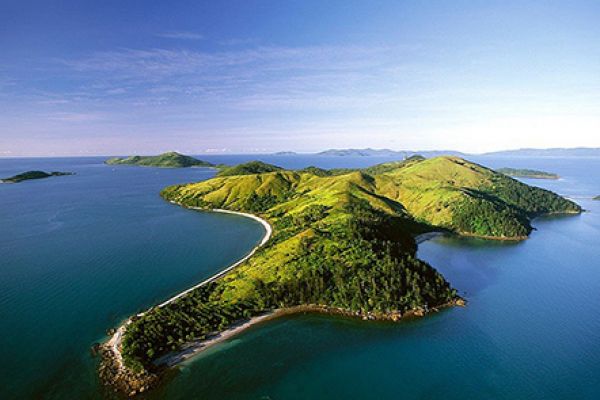
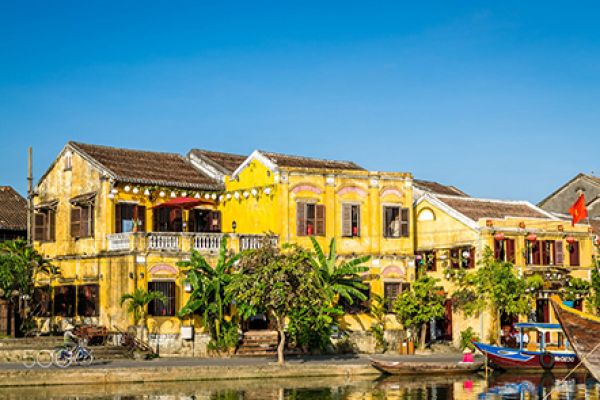
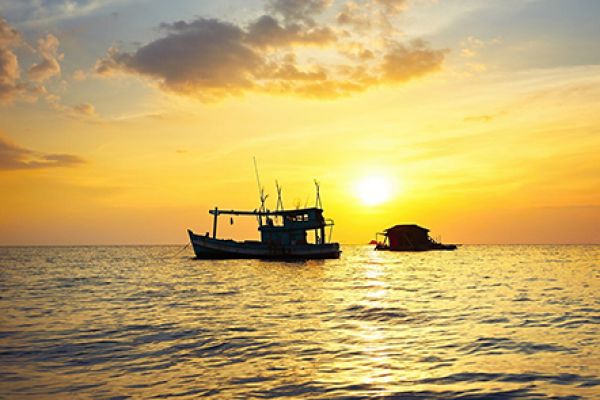

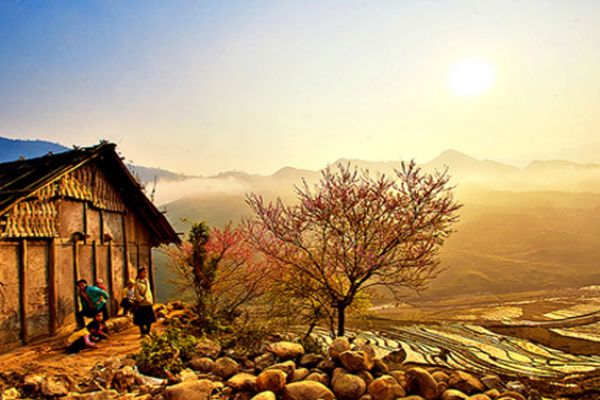
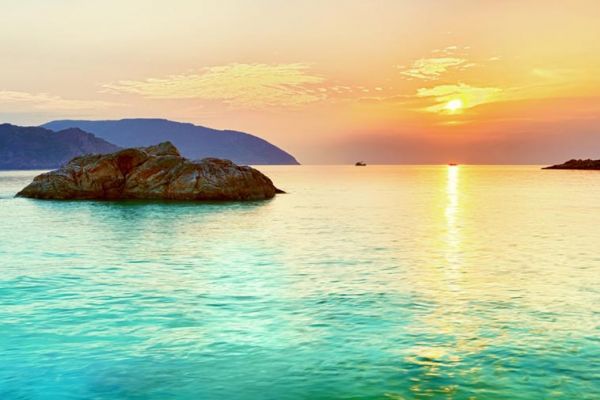
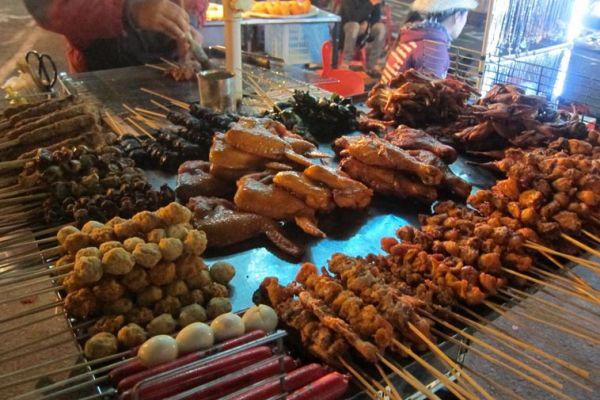
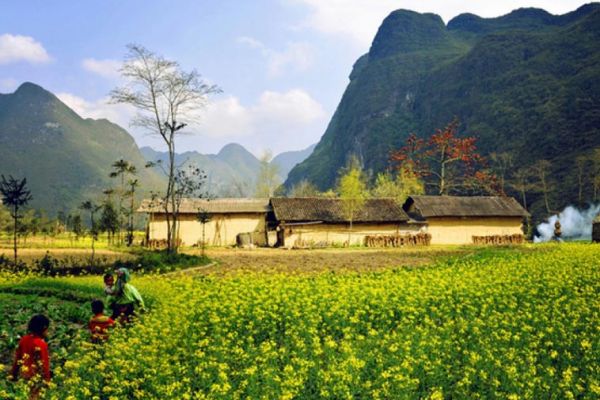

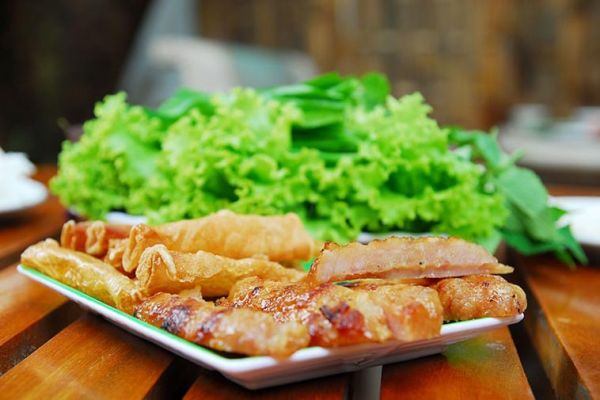
(84-63) 3 826042 – (84-63) 3 511142
No 54 Nguyen Dinh Chieu, Ham Tien Central Mui Ne Beach Binh Thuan Vietnam
523 To Hien Thanh District 10 Ho Chi Minh City Vietnam
Ha Long Halong City Quang Ninh Vietnam
A13 Hung Thong 2 Halong City Quang Ninh Vietnam




